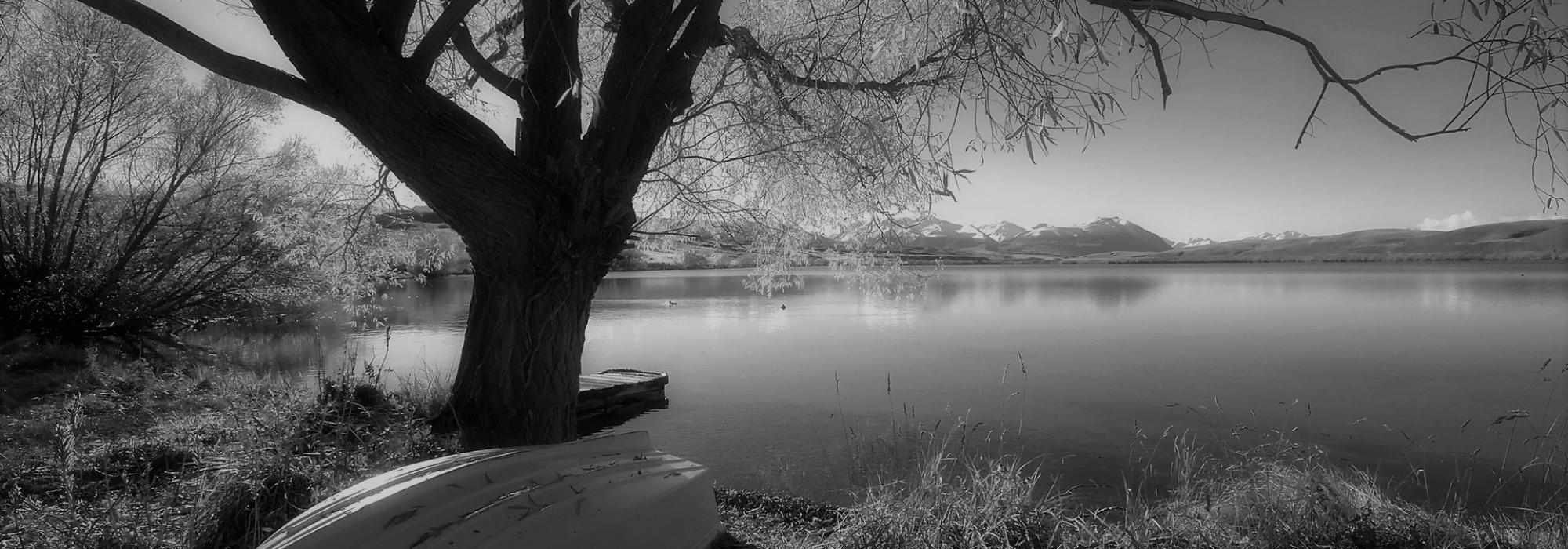One day, a dāsa went begging for alms as was his routine; standing before a house, he said, “Haraye namaḥ!” (Salutations to Hari!) There wasn’t any reply. Once again he called out. Even then there were no sign of a reply. Then he stood at the doorstep and shouted, “Dāridramma manyāge!” (literally, “O mother of poverty, are you home?”) A lady emerged from within the house and said in an enraged tone, “O Dāsa! Why did you address me as the mother of poverty?”
The dāsa replied, “O Mother! Can that ever be? How can anyone dare address you that way? I said, ‘Dāriddīramma’ (which means “Is the noble wife at home, O Mother?”). You might have heard it wrong, perhaps being in a hurry. Hasn’t the great Dāsa sung,
ದಾರಿದ್ದರೆ ಛಂದ—ಮನೆಗೆ ಅ
ದಾರಿದ್ದರ ಛಂದ ||
ಕುದುರೆಗೆ ಕಾಸ್ತಾರಿದ್ದರೆ ಛಂದ |
ಸೈನ್ಯಕೆ ಸರ್ದಾರಿದ್ದರೆ ಛಂದ ||
ರಾಯಗೆ ಛೋಪ್ದಾರಿದ್ದರೆ ಛಂದ |
ಚೆಲುವೆಗೆ ಚೆಲುದಾರಿದ್ದರೆ ಛಂದ ||
A noble wife makes a home beautiful
It’s nice if there’s a jockey for a horse,
It’s nice if there’s a commander for an army,
It’s nice if there’s an usher for a ruler,
It’s nice if there’s a beautiful wife for a man.
“O Mother, a beautiful lady should be a wife of a handsome husband. The word ‘dārā’ means ‘wife.’ A house should have no poverty; there should be nothing wanting; it should be prosperous – so says the great Dāsa. Your house is indeed so, O Mother!”
~
Praṇeśācārya used to address his wife as, “He prāṇi!” (“Hey, animal!”) One day, when her relatives were visiting them, Ācārya called his wife and said, “He prāṇi, take this item.” She felt that he had humiliated her and asked, “Why do you call me prāṇi? My name is Padma.”
So Ācārya said, “So does that mean you don’t have prāṇa (life) then?”
She replied, “I have prāṇa and so do you.”
“Ah! Say that! I am Praṇeśa—the lord of life—and you are Praṇeśī—the consort of the lord of life—and out of affection, I call you ‘Prāṇi.’ Fine?”
“In future, please don’t call me by that name.”
“What’re you saying, crazy woman, Praṇeśa is the name of the lord Mukhyaprāṇa (Hanumān).”
“That name suits you well, keep that name!”
He replied, “Do you think you’re lower than I am? You’re my equal!”
~
There was yet another Ācārya who would go for his daily round of seeking alms. He would go to some householder’s house and say, “Haraye namaḥ!” When the lady of the house gave him rice, he would bless her by saying, “Śubhamastu!” (May you have prosperity) and then would ask, “O Mother, what is your name?”
If the lady replied, “Sītābāi,” Ācārya would say, “That’s great, people call me Rāmācārya.”
At another house, when asked her name, if the lady said, “Rādhābāi,” then our Ācārya would say, “People call me Kṛṣṇācārya.”
At the third house, if the lady said her name was Padmāvatībāi,” the Ācārya replied, “People call me Śrīnivāsācārya.”
Once the villagers figured out this habit of Ācārya, he was made to pay for his behaviour.
~
There lived a dāsa in the town of Dvāraka. His routine was to seek alms every day, carrying a cloth bag with him, with a sarangi in hand, which he would play and go from house to house. Standing in front of a house, he would sing thus:
ಸೋಭ್ ನಾರೀ ತಿಗಡೀ ಪಿಗಡೀ |
ಏಕ್ ನಾರೀ ಪತಿವ್ರತಾ ||
“All women in the world are this way and that (i.e. unfaithful)
But there’s only one who is a pativratā (chaste)”
Upon listening to that song, if the lady of the house asked with curiosity, “Who is that chaste woman?” the dāsa would promptly respond, “It is you, O Mother. Who else can it be other than you?” She would be delighted and she would give another fistful of rice. Thus he would get rice at every house.
Someone informed this to Lord Śrī-Kṛṣṇa and requested him to teach that conman a lesson. Kṛṣṇa gave a light smile and agreed to look into it.
The next day, the dāsa as usual sang the “ಸೋಭ್ ನಾರೀ,” gathered quite some rice, and returned home. He saw the door closed. He stood in front of the door and peeped into one of the windows only to find the face of a man!
Disheartened, the dāsa sang
ಸೋಭ್ ನಾರೀ ತಿಗಡೀ ಪಿಗಡೀ |
ಏಕ್ ನಾರೀ ಪತಿವ್ರತಾ ||
ಉನ್ಹೇಭೀ ತಿಗಡೀ ಪಿಗಡೀ
ಉನ್ಹೇಭೀ ತಿಗಡೀ ಪಿಗಡೀ
“All women in the world are this way and that (i.e. unfaithful)
But there’s only one who is a pativratā (chaste)
Even she has deviated from the path
Even she is now unfaithful!”
At that point, Kṛṣṇa came from within the house and presented himself. The dāsa begged him to forgive his mistake saying, “Kṣantavyo me’parādhaḥ.” Pardoning him, Kṛṣṇa then warned him not to repeat his mistake.
~
Such fascinating stories were abundantly found in Accappa’s stock. Much more than the plot of the story, his style of narration with voice modulation, eye movements and facial expressions, and hand gestures – all these together captivated the hearts of the listeners.
Acyuta-dāsa was a silent devotee, a man of character, and one worthy of respect. It has been years since I saw such a great storyteller. Perhaps, this art of harikathā is fast disappearing.
This is the second part of the two-part English translation of Sixth essay in D V Gundappa’s magnum-opus Jnapakachitrashaale (Volume 2) – Kalopasakaru. Edited by G S Raghavendra and Hari Ravikumar.












































